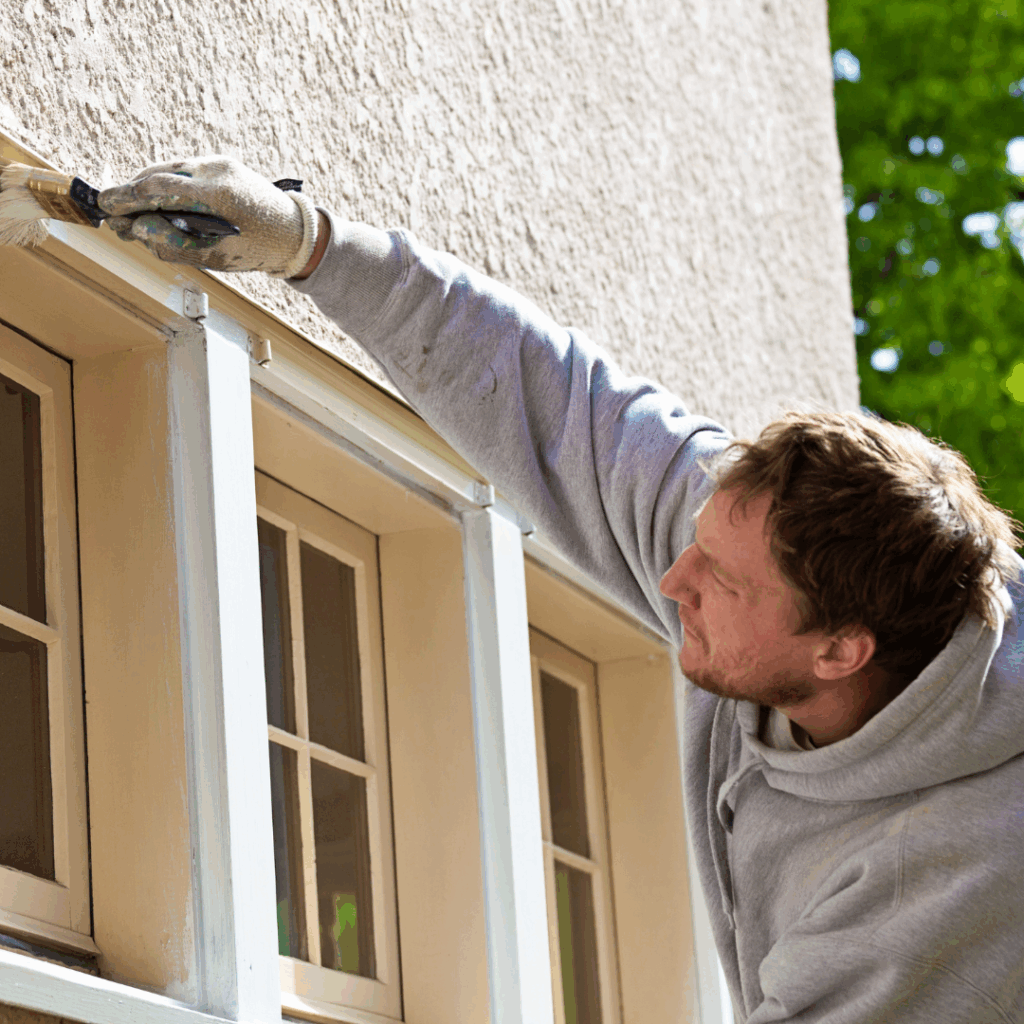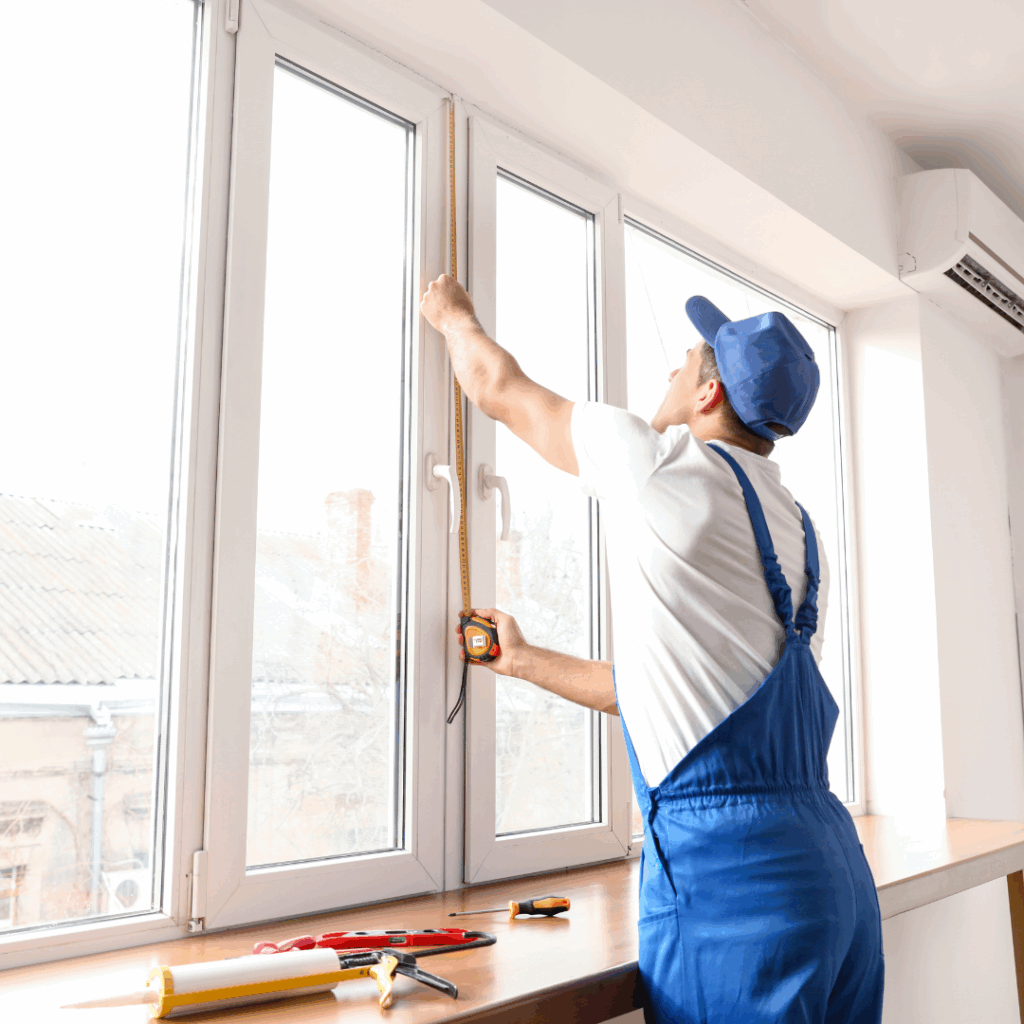Windows are a long-term investment that contribute to your home’s comfort, energy efficiency, and appearance. However, without proper upkeep, even the best-quality windows can wear out faster than expected. The good news? A few simple, consistent maintenance habits can extend your windows’ life by many years and save you money in the long run. Whether your windows are brand-new or decades old, these essential tips will help you protect your investment.
1. Clean Glass and Frames Regularly
Regular cleaning is the most basic yet important step in window care. Dirt, grime, and mineral deposits can build up on both the glass and frames, leading to dullness, scratches, and even permanent staining. Use a gentle glass cleaner or a homemade mix of vinegar and water to clean the panes. Avoid abrasive sponges, which can damage coatings or scratch the surface. Frames—whether vinyl, wood, fiberglass, or aluminum—should be wiped down with a soft cloth and mild soapy water. Make sure to clean both the interior and exterior sides, paying attention to corners where debris can collect. Regular cleaning not only enhances visibility and appearance but also prevents long-term deterioration from environmental exposure.
2. Inspect Seals and Caulking
Your window’s ability to insulate and stay airtight relies heavily on the condition of its seals and caulking. Over time, caulking around the window frame can dry out, crack, or separate from the surface, especially after seasonal expansion and contraction. Inspect these areas at least twice a year—preferably in spring and fall. If you notice gaps or loose caulking, remove the damaged material and apply a fresh bead of weather-resistant exterior caulk. This helps block drafts, moisture, and pests, and it plays a big role in preserving your home’s energy efficiency.

3. Lubricate Moving Parts
Windows that slide or open using cranks and hinges need smooth, well-lubricated mechanisms to function properly. Without lubrication, moving parts can grind, squeak, or become difficult to operate, increasing wear and risking breakage. First, clean out dirt or debris from tracks and hardware using a soft brush or vacuum with a nozzle attachment. Then apply a silicone-based lubricant to tracks, rollers, hinges, and locks. Avoid oil-based products like WD-40 for these areas—they tend to attract dust and can gum up the hardware over time. Lubricating your windows every 6–12 months keeps them easy to operate and prolongs the life of the mechanical components.
4. Check for Water Damage
Water is one of the biggest threats to your windows—especially wood-framed ones. Over time, even a small leak can cause rot, swelling, warping, or mold growth around the frame or sill. After rain or snow, check for soft spots in wood, discoloration, bubbling paint, or a musty smell—all signs of moisture intrusion. Be proactive with repairs. If water damage is minor, sanding and resealing may be enough. More serious rot might require replacing sections of the window or trim. The sooner you identify water damage, the less likely it is to spread or lead to expensive structural repairs.
5. Monitor for Drafts and Fogging
Drafty windows can lead to higher heating and cooling bills, while fogging between panes indicates a failed seal in double- or triple-pane windows. On chilly days, run your hand along the window edges to feel for incoming cold air. You can also hold a lit candle or incense stick near the frame—if the smoke wavers, there’s likely a draft. Fogging, on the other hand, usually can’t be fixed with a simple cleaning, since the issue lies between the glass layers. If caught early, some window companies offer defogging services or partial pane replacement. In more advanced cases, full window replacement may be necessary. Spotting these issues early gives you more time to plan and budget for repairs.
6. Protect Windows from Harsh Weather
Sun, wind, rain, hail, and snow all take a toll on your windows. Prolonged UV exposure can fade window frames, weaken seals, and cause discoloration. In storm-prone areas, impact from flying debris can crack glass or dent frames. Take steps to shield your windows based on your local climate. UV-blocking films, exterior shutters, or awnings can help reduce sun damage. In colder areas, storm windows can add an extra layer of protection against freezing temperatures and wind. Keeping an eye on weather forecasts and preparing accordingly can make a big difference in how long your windows last.

7. Maintain Screens and Drainage Channels
Don’t forget about your window screens and drainage systems. Screens help keep bugs out while allowing ventilation, but they can tear or warp over time. Inspect screens for holes, rust, or loose frames, and repair or replace them as needed. Also check weep holes (small drainage openings at the bottom of the window frame) to ensure they’re not blocked. These allow water to escape from the window track—if clogged, water can back up and cause internal damage.
Conclusion
Window maintenance doesn’t have to be complicated—but it does have to be consistent. A few hours of care each season can significantly extend the life of your windows, keep them looking their best, and help your home remain energy-efficient. Clean regularly, inspect seals and parts, fix damage quickly, and protect them from the elements. By doing so, you’re not just protecting your windows—you’re protecting your entire home.
Choosing the Right Fixtures for Your Bathroom Remodel
When remodeling a bathroom, it’s easy to get caught up in layout changes, tile selections, or paint…
Window Maintenance Tips to Extend Their Lifespan
Windows are a long-term investment that contribute to your home’s comfort, energy efficiency, and appearance. However, without…
How to Spot Hidden Gutter Damage After a Storm
Storms are unpredictable and often leave behind more than just puddles. Your gutters, essential for channeling water…



